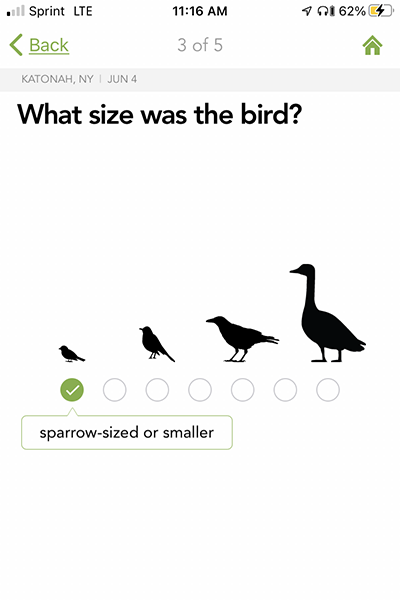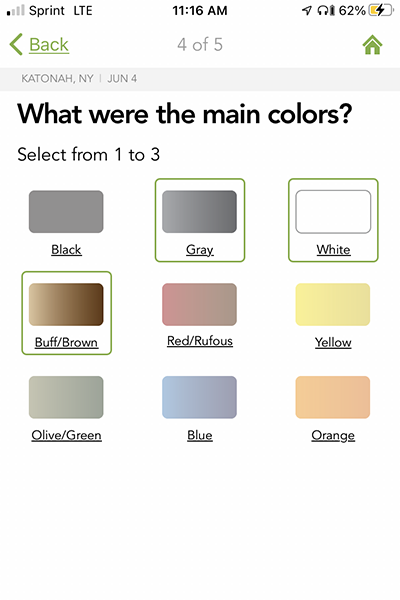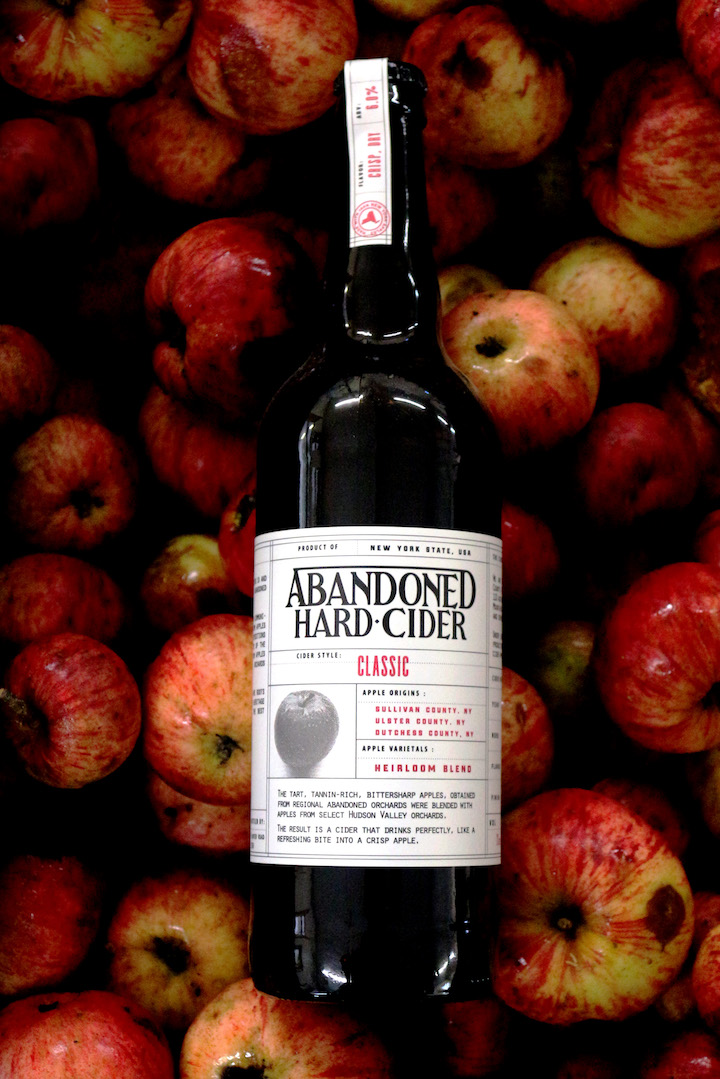When I come across an unfamiliar bird I usually rely heavily on field guides and the knowledge of others to help me learn which species I’m looking at. I didn’t have any field guides or ornithologist friends with me on this walk, so instead I pulled out my phone and opened my Merlin Bird ID app.
While out for a walk along the Cross River Reservoir in the NYC Watershed, I noticed several small birds flying just above the surface of the water. They were darting back and forth between the reservoir and the underside of the dam, which doubles as the walkway I was standing on.

A panoramic view from the dam of the Cross River Reservoir in Katonah, NY.
The birds were small, swift, and chatty; they happily chirped as they made their dives to and from what I could only assume was a colony of nests tucked out of sight, under the concrete. They had short wings and a tail that fanned out to a flat edge. They never stayed still long enough for me to get a good look at them, but I could see that their wings were dark and they had a pale orangey-brown color on their lower backs.


You can see several of the tiny birds flying in the reflection of the water (left), and one flying to the edge of the dam (right).
When I come across an unfamiliar bird I usually rely heavily on field guides and the knowledge of others to help me learn which species I’m looking at. I didn’t have any field guides or ornithologist friends with me on this walk, so instead I pulled out my phone and opened my Merlin Bird ID app. This handy smartphone application uses the location, the time of year, and other data to suggest possible bird matches to the ones you’re seeing in real time.
To start using Merlin Bird ID, you first have to go to your app store and download it (it’s free). Once the app is on your phone, you have to create an account and download a catalog of regional birds. You don’t need cell signal to use Merlin, but you do need to enter a location. You can do this ahead of time if you know you’ll be without signal (Merlin will store the most recent locations you enter) or you can wait until you get back home to ID any birds you saw.
My app was already set up at this point, so I went right into identifying a bird. To begin, you open the app and tap “Start Bird ID.” You’ll then answer questions about location and time of year before entering data about the mystery bird itself. Merlin will ask for the approximate size of the bird, the main colors you noticed, and what the bird was doing when you spotted it.
In my case, I saw a small bird about the size of a sparrow with gray wings and some brown and white hues on the back and belly. When I first saw the bird it was flying over the water.
After you’ve entered all this info the app generates a list of birds for you to scroll through. The list offers a wide variety of pictures so you can see how some birds look different depending on their sex, age, or the time of year. It also provides a brief description of the bird, and if you tap on the little speaker button underneath each bird the app will play its call.

Here’s how Merlin looks when providing you with ID suggestions. The button to play each birds’ call is circled in red.
Using this app I was able to conclude that the birds I saw were cliff swallows. What made me feel sure in this decision was the description of them having pale orange rumps and living under bridges and other kinds of infrastructure. When I played the cliff swallow call I heard the same song that I heard on my walk.
Once you correctly identify and select your bird, Merlin will congratulate you and thank you for your work. All the data is recorded by the Cornell Lab of Ornithology so the more the app is used, the more accurate it gets.
Passive digital citizen science programs like this have become more popular in recent years, as evidenced by the emergence of other smartphone apps like iNaturalist, Seek, and iMapInvasives, all of which allow the general population to learn about the natural world around them while contributing to real data collection. If you’re a woodlot owner, new to the naturalist scene, or just plain curious about the flora and fauna around you then these applications can be an easy and accessible way to learn about what lives in your local environment.
If you want to see more birds on your property check out our bird-lovers starter kit, or consider participating in Harvest for Habitat with the National Audubon Society.









